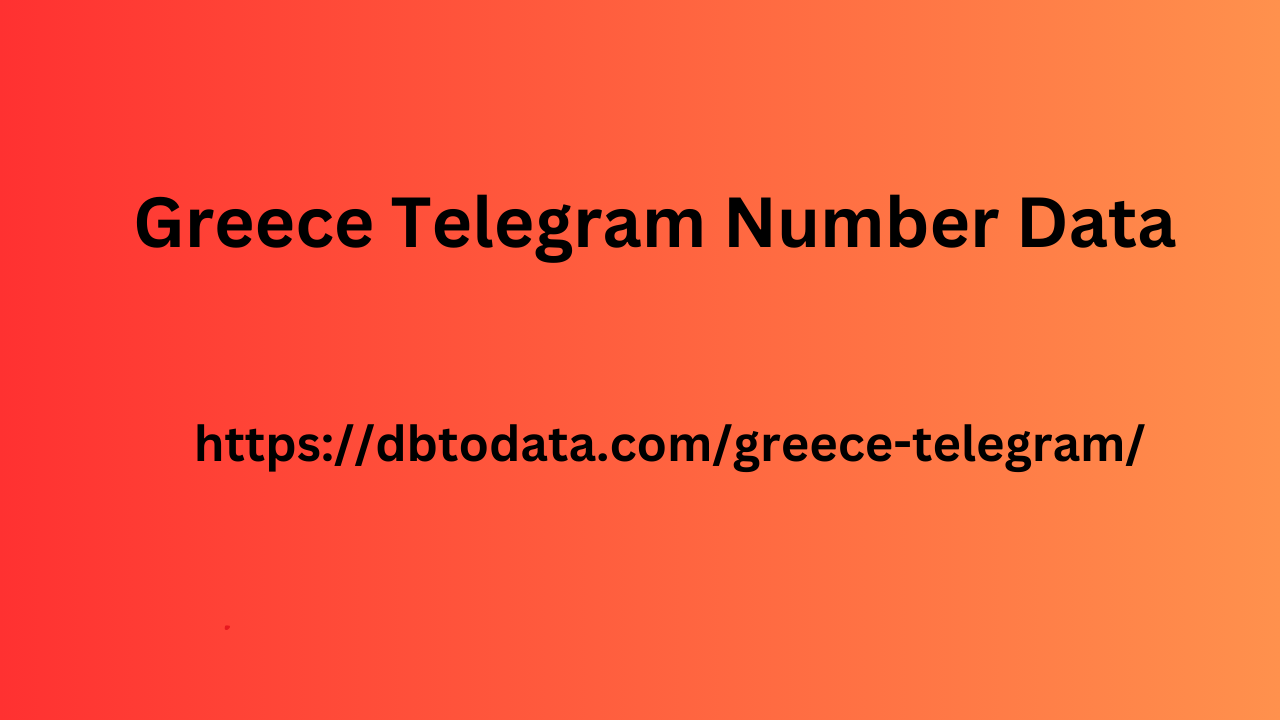Post by account_disabled on Mar 5, 2024 9:16:20 GMT
Do an audit of existing content An audit of existing content is a fundamental step in creating an editorial calendar for blogs or social media. By analyzing what you have already published, you can identify which themes and formats have worked best and which have not worked well . This will help you understand which content to reuse, renew or eliminate, thus ensuring a more targeted publishing strategy consistent with the interests of your audience. An in-depth analysis allows you to wisely plan future content, avoiding overlaps and ensuring variety and freshness.
Define the publication frequency Determining the publication Greece Telegram Number Data frequency within your editorial calendar is crucial to maintaining a constant relationship with your audience without overloading them. There is no universal rule, as each brand must consider its own specific resources and objectives . Some may benefit from daily social posts, while others may find more value in in-depth blog content published weekly. The key is to find a balance that meets your target's expectations and can be sustained over time without sacrificing quality. Identify the channels When developing an editorial calendar, it is essential to identify the most suitable channels to convey your messages. This choice must not be random, but based on an in-depth understanding of the audience and their habits.

Differentiating your strategy between social, blog or email marketing allows you to personalize the content so that it resonates with your target audience. Selecting the right channels means maximizing the impact of your content and optimizing the resources used in creating the editorial calendar for blogs or social media. Define publication dates A crucial step in creating an editorial calendar is precisely establishing publication dates . This allows you to align content with relevant events, holidays or current trends, thus ensuring that the message is current and engaging.
Define the publication frequency Determining the publication Greece Telegram Number Data frequency within your editorial calendar is crucial to maintaining a constant relationship with your audience without overloading them. There is no universal rule, as each brand must consider its own specific resources and objectives . Some may benefit from daily social posts, while others may find more value in in-depth blog content published weekly. The key is to find a balance that meets your target's expectations and can be sustained over time without sacrificing quality. Identify the channels When developing an editorial calendar, it is essential to identify the most suitable channels to convey your messages. This choice must not be random, but based on an in-depth understanding of the audience and their habits.

Differentiating your strategy between social, blog or email marketing allows you to personalize the content so that it resonates with your target audience. Selecting the right channels means maximizing the impact of your content and optimizing the resources used in creating the editorial calendar for blogs or social media. Define publication dates A crucial step in creating an editorial calendar is precisely establishing publication dates . This allows you to align content with relevant events, holidays or current trends, thus ensuring that the message is current and engaging.

